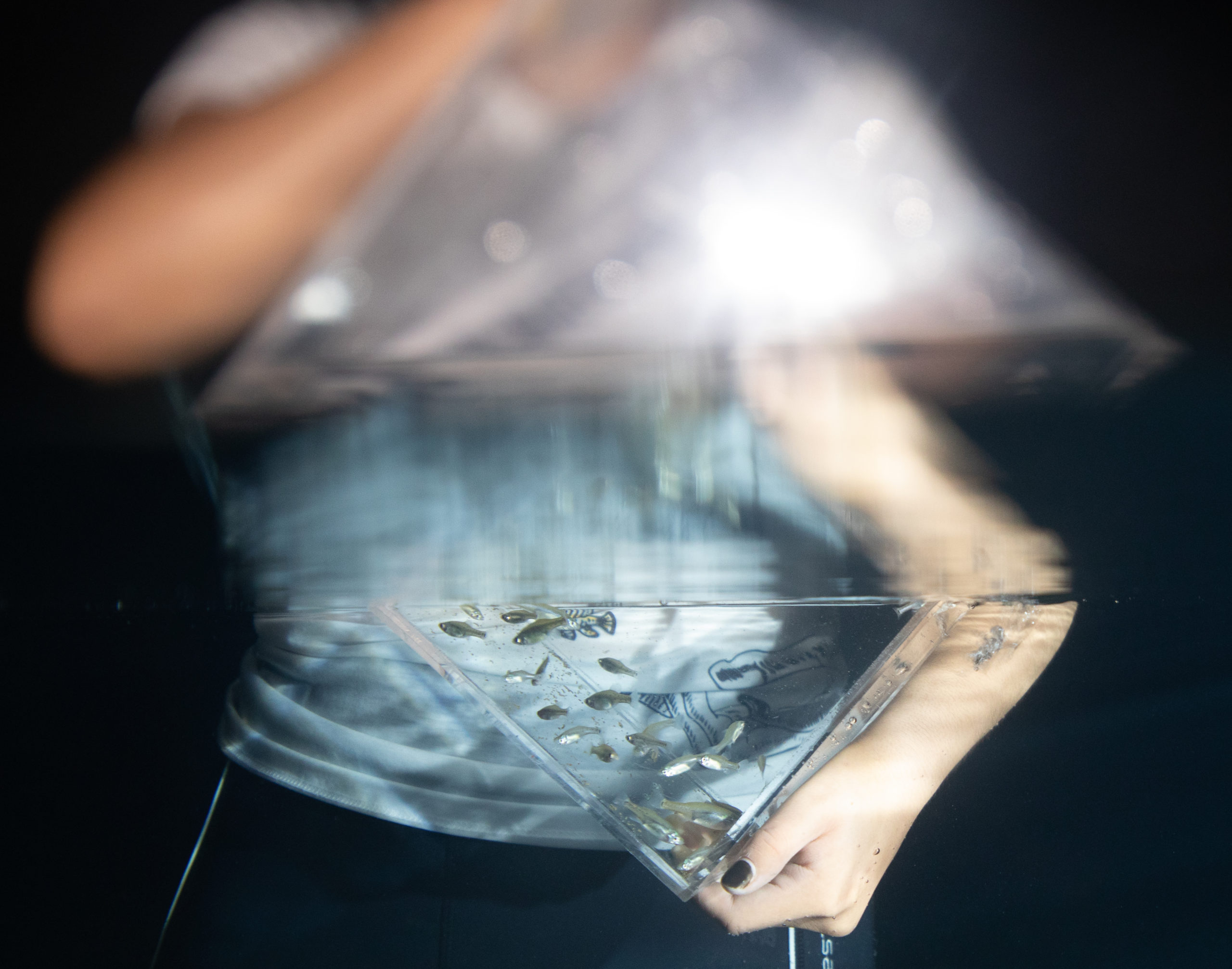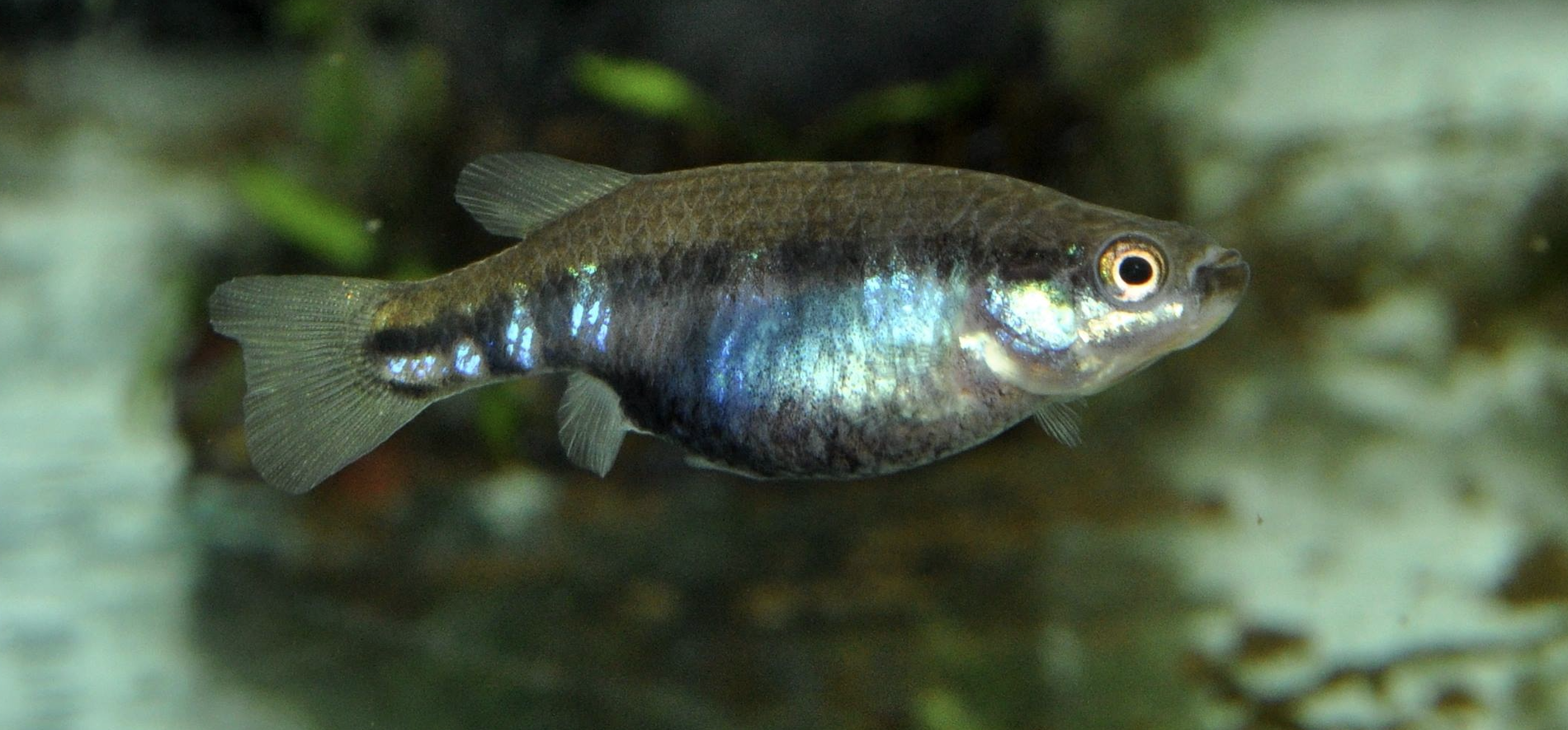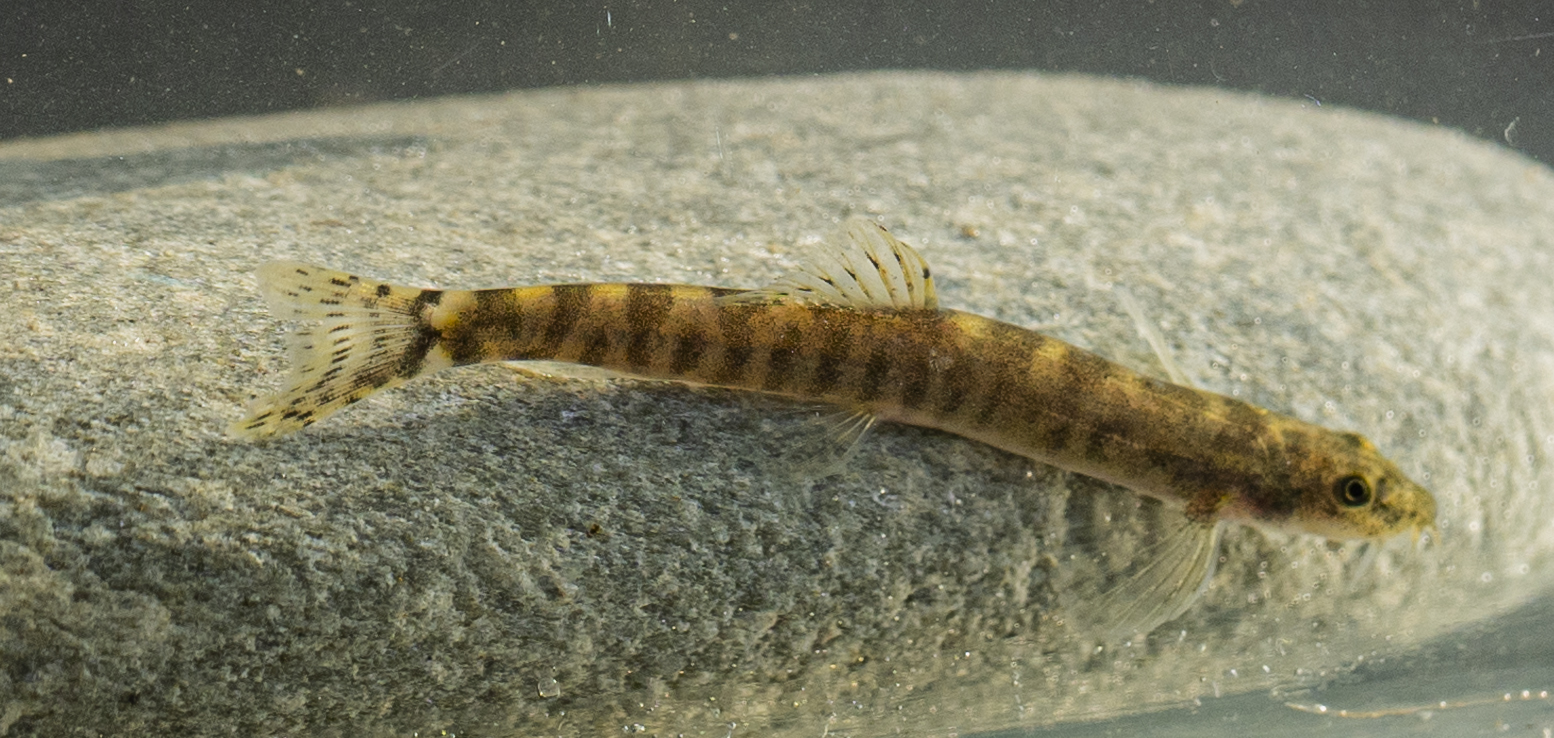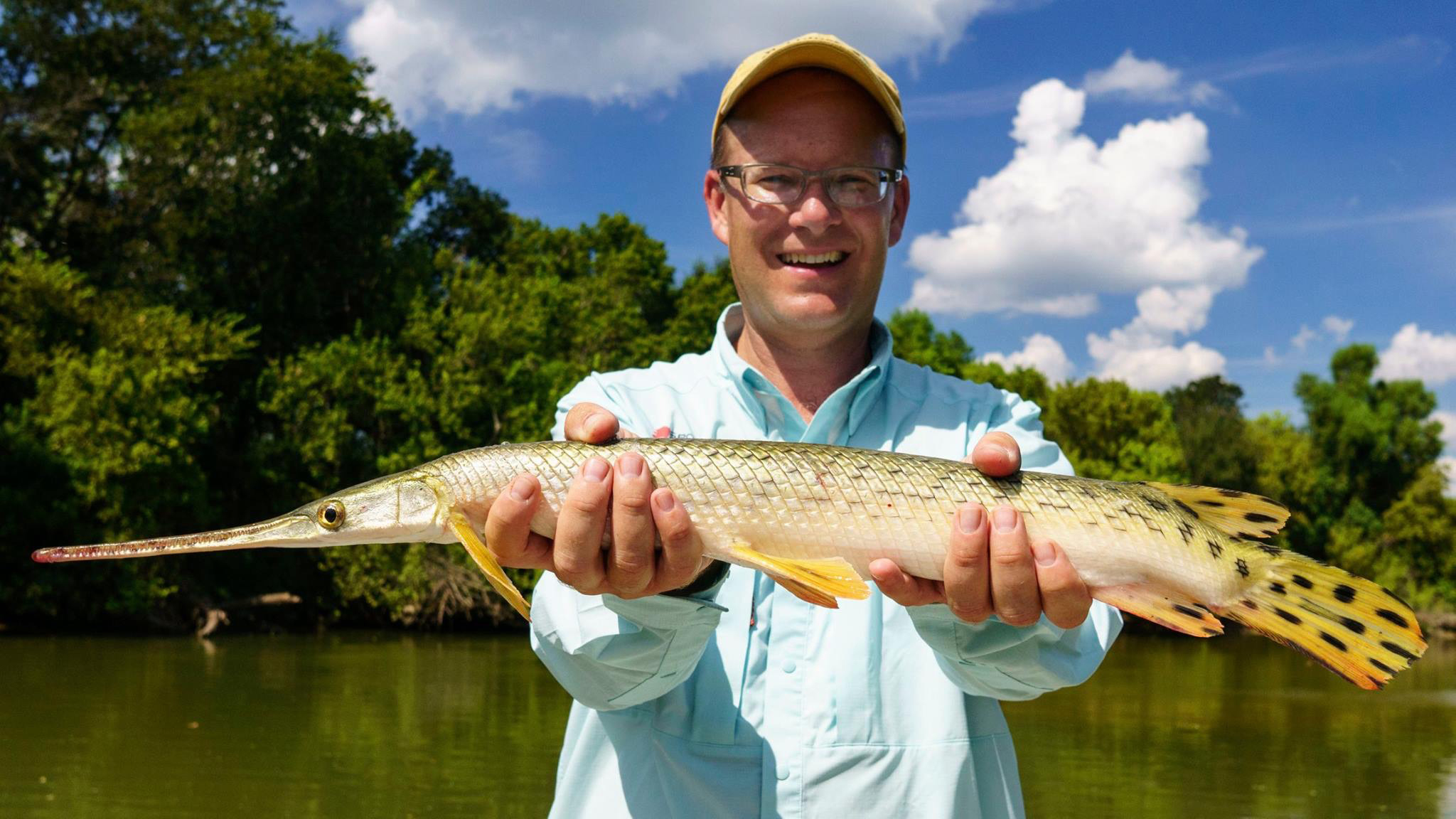A (fresh)watershed moment for the golden skiffia
On November 4th 2022 a team from the University of Michoacan, Mexico, reintroduced over 1,000 golden skiffia (Skiffia francesae) into the Rio Teuchitlán. The team was led by Omar Domínguez-Domínguez, and the Goodeid Working Group, with vital support from Chester Zoo.
Just a couple of weeks earlier the SHOAL team packed their bags for Mexico to join them for this (fresh)watershed moment. We also participated in a workshop to plan conservation action for the Mexican goodeids – one of the world’s most threatened groups of fishes.
Time to fly the nest mesocosm
Our first stop was to the Aqua Lab at Michoacan University of Mexico in Morelia to see their breeding facilities. The Fish Ark facility at the university has been breeding golden skiffia in captivity for years in preparation for this re-release.
Fish Ark Mexico is a conservation project in central Mexico that focuses on 41 highly threatened species of freshwater fish. The project has more than 20 years of experience in Mexican fish conservation and has succeeded in keeping 39 species of Endangered and Extinct in the Wild Mexican goodeid species in captivity.
“The Aqua Lab itself is a hugely impressive facility, with three shelves of tanks stretching wall to wall either side, providing ample space for the breeding of threatened fish species, including the golden skiffia and tequila splitfin. Once the fish are fully grown, they are moved to large outdoor pools on the grounds of the Aqua Lab, where they can adapt to living with much more space. Also bred in the Fish Ark are species of Critically Endangered Mexican salamanders.”
Fishes due for release are dewormed, marked and placed in secure ponds known as mesocosms to prepare them for a return to the wild. The mesocosms float in the species’ natural habitat but are protected by netting, allowing fish to adapt to semi-natural conditions without chance of predation.
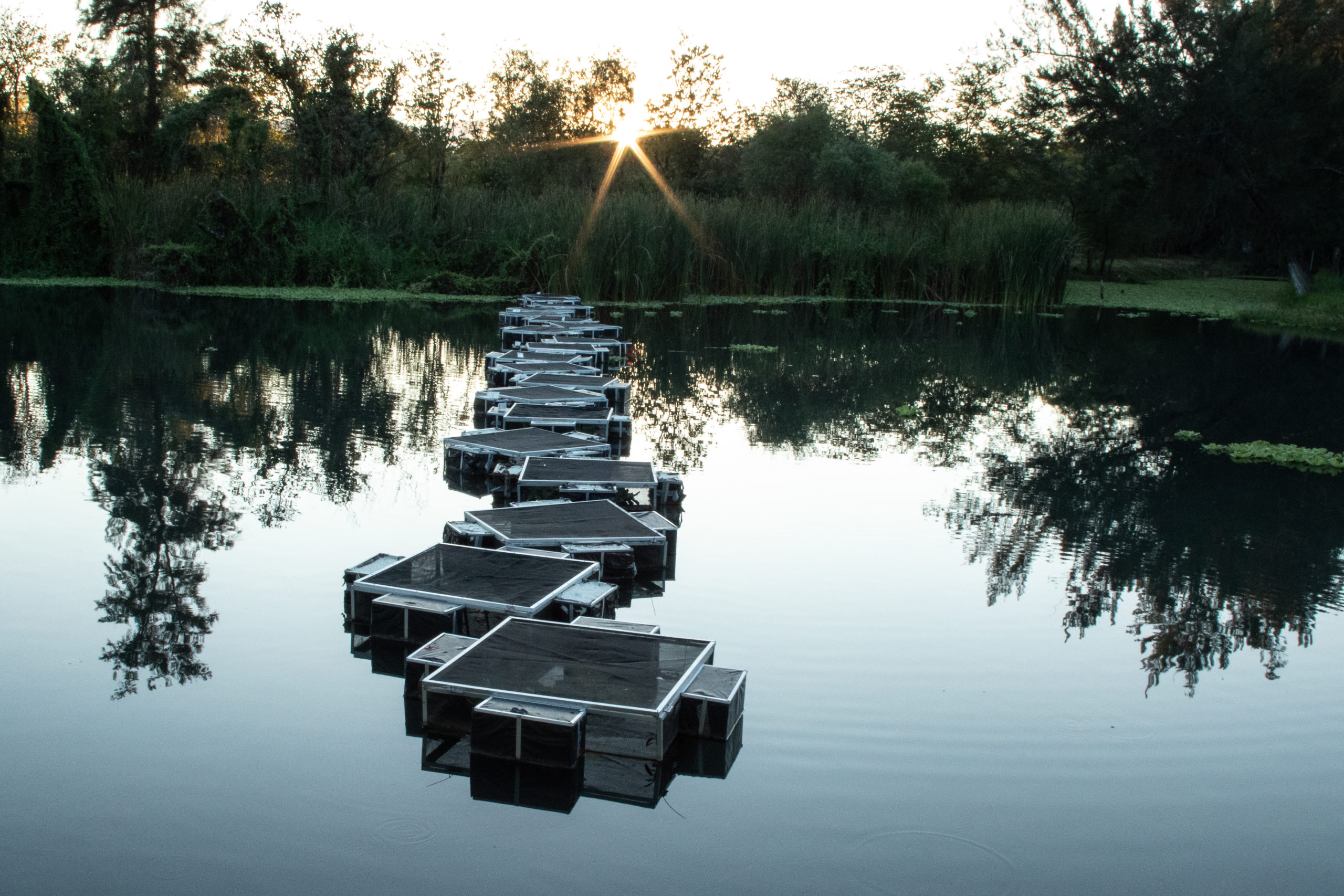
©Manfred Meiners/Re:wild
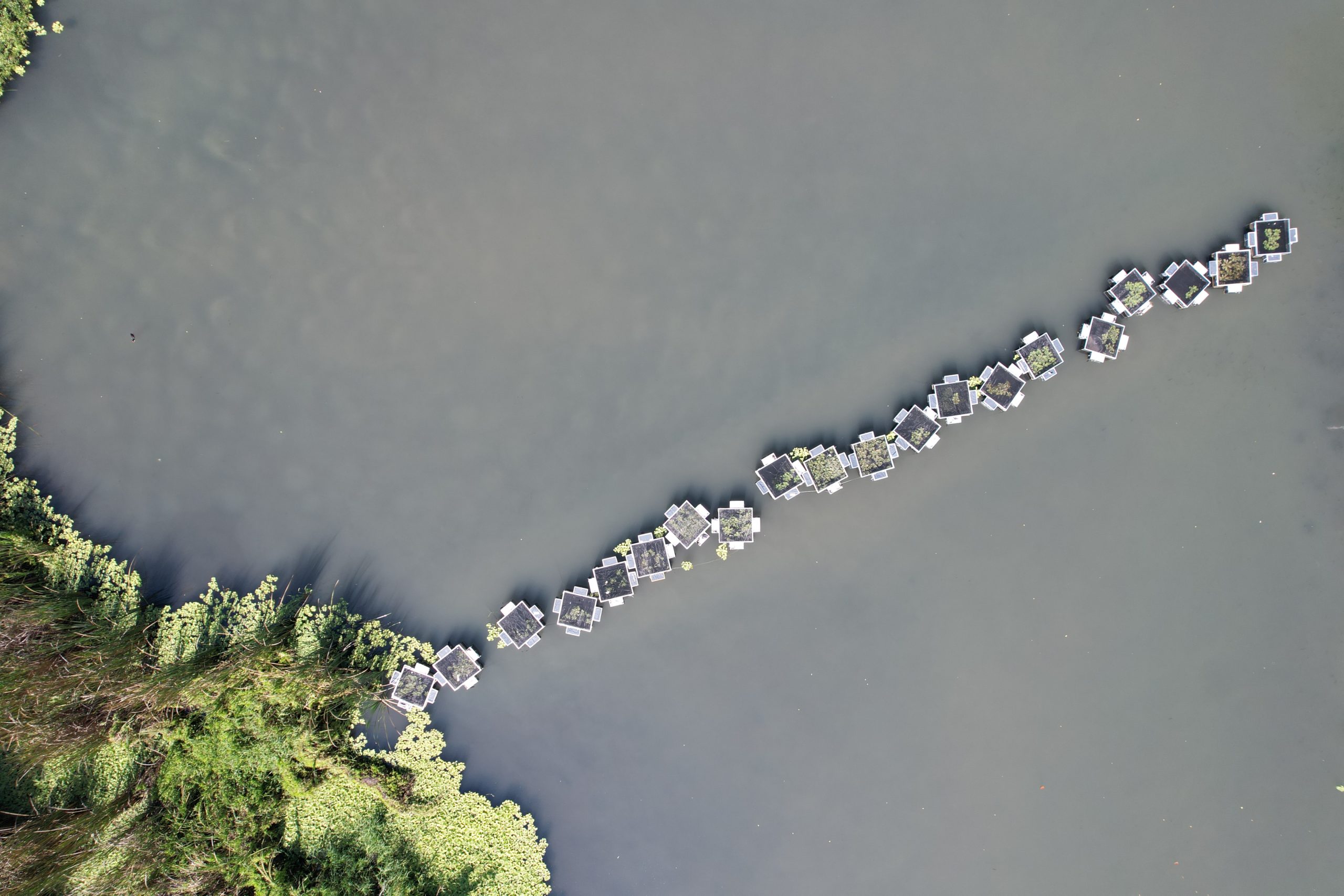
©Manfred Meiners/Re:wild
Extinct in the Wild
The golden skiffia has not been seen in the wild since the 1990s. Human impact such as dam construction, water extraction, pollution and the introduction of invasive species have caused major changes to the skiffia’s habitat, pushing it to extinction in its only home.
The release comes six years after the successful reintroduction of the tequila splitfin (Zoogonetcus tequila) which faced very similar threats to the golden skiffia. The species was also bred in a conservation breeding programme and released into the Teuchitlán River. Domínguez-Domínguez also led that work. The population of tequila splitfin there is now thriving, and the project has been cited as an International Union for the Conservation of Nature case study for successful global reintroductions.
“The local community has been integral to the skiffia and splitfin projects since the start, and will be key to ensuring the fishes’ habitat remains free of threats. A team of local children have volunteered as Guardians of the River, who pick up trash and speak with visitors to educate and inspire them about the importance of a healthy ecosystem. Walking around Teuchitlán, it is clear how important the project is to the community: colourful murals of the fish are painted on the side of buildings, and reminders to look after the river and its inhabitants adorn walls every couple of blocks. One reads, “every river is the heartbeat of the natural environment”. Another simply asks, “and what if you had to drink this water that you pollute?”.”

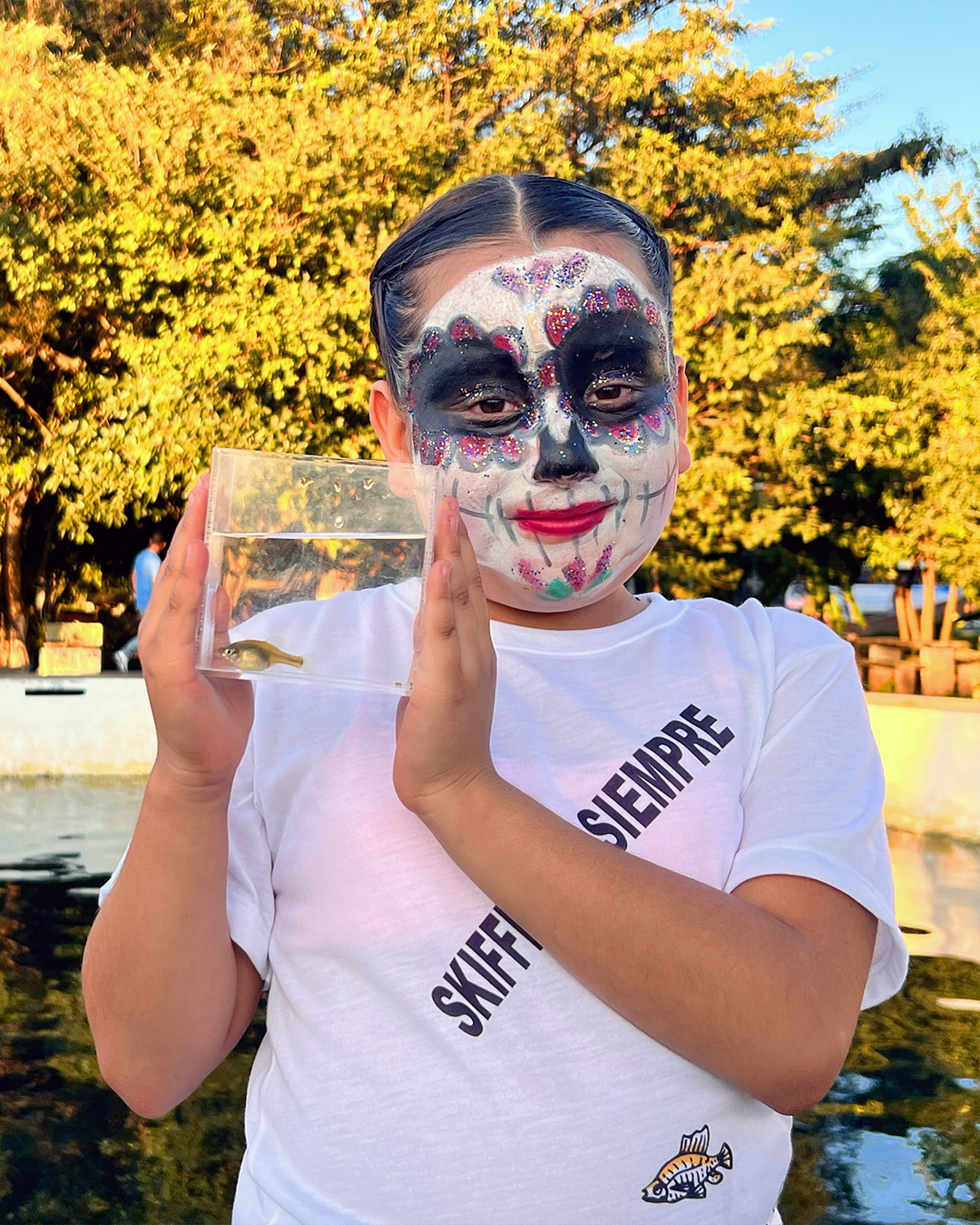
Back from the dead
Día de los Muertos, or Day of the Dead, is a celebration of life and death. Being part of this expedition, the SHOAL team got to experience the colourful celebration in all its life-affirming glory.
“The Day of the Dead is a traditional Mexican celebration, when it is believed that people’s deceased ancestors return to the land of the living for one night, to talk and spend time with their families. Releasing the golden skiffia around this time is a metaphor for how the species has come back from the dead to return to its home, not for one night, but forever.” Omar Domínguez-Domínguez, professor and researcher from the Michoacan University of Mexico, who is leading the golden skiffia reintroduction.
“The SHOAL team were fortunate enough to visit local cemeteries on the Día de los Muertos, 2 November, where families light candles and decorate the graves of their ancestors with golden marigold flowers to help guide their ancestors back to the realm of the living. A cacophony of music pulses deep into the night as brass bands and drummers turn up the volume to jolt their ancestors awake.”
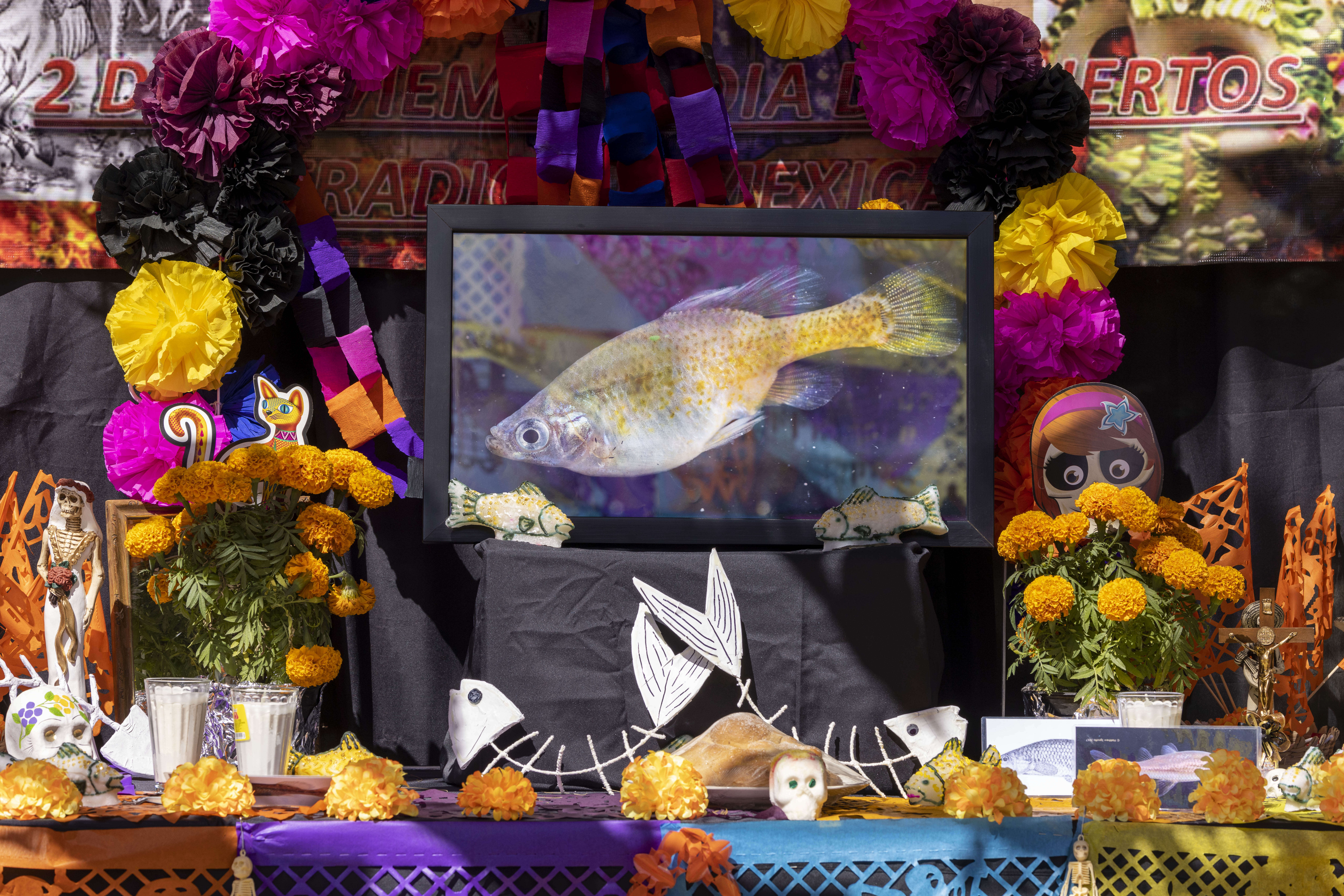
©Manfred Meiners/Re:wild
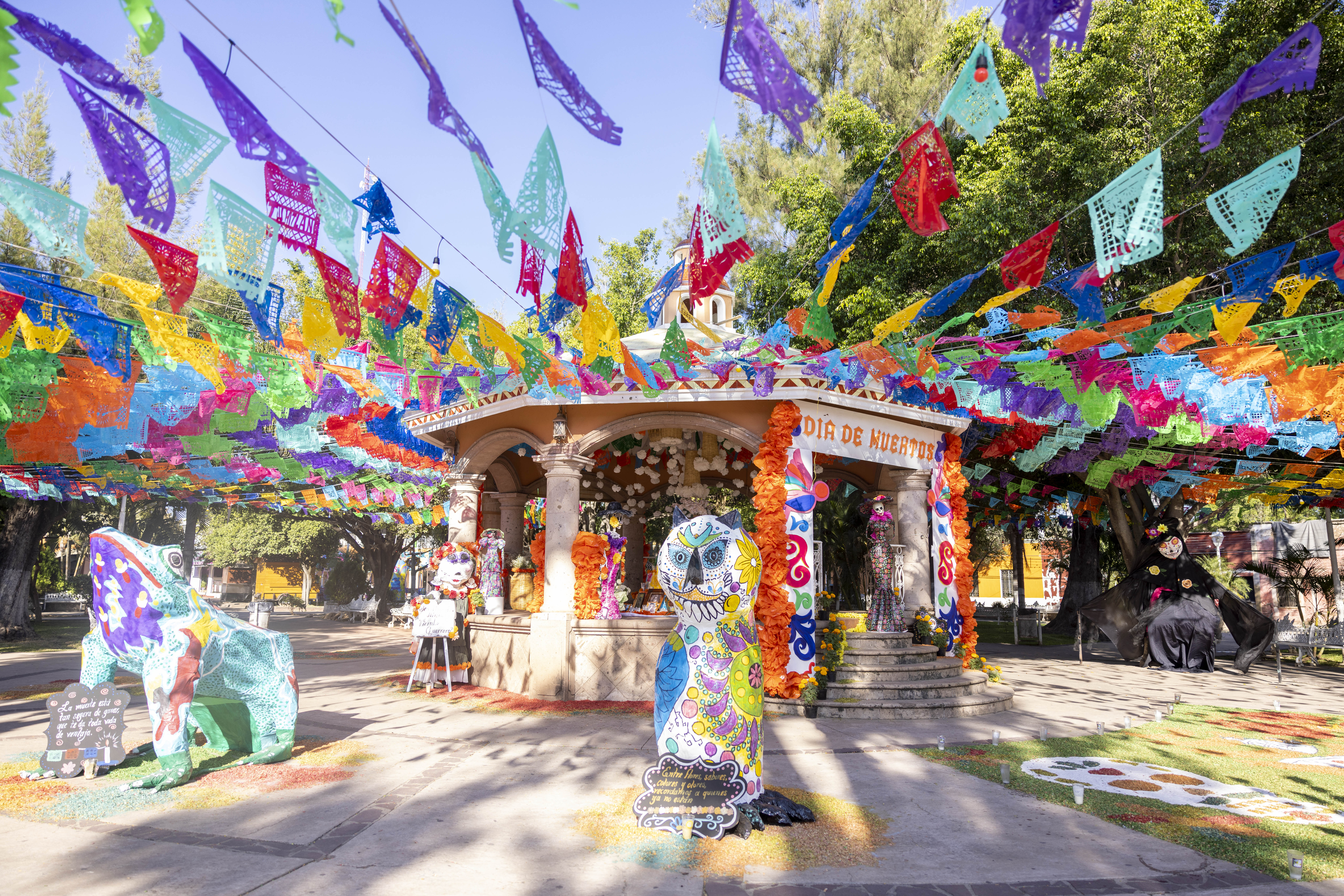
©Manfred Meiners/Re:wild
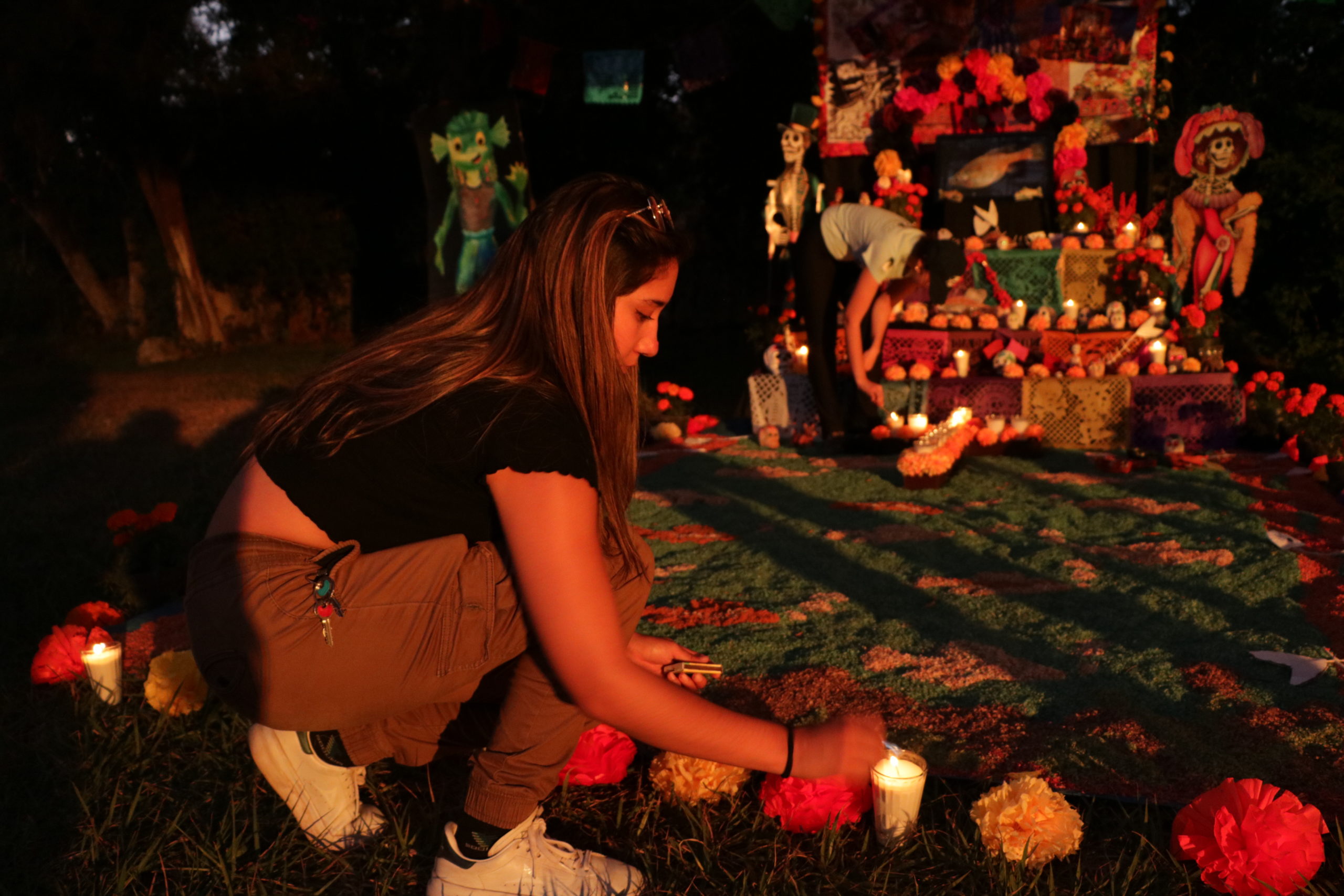
©Manfred Meiners/Re:wild
Release day
“The golden skiffia release came two days later, on 4 November. The day began at the nearby Guachimontones archeological site, with talks about the golden skiffia, the river and the conservation work achieved, and an awards ceremony to celebrate the hard work of the Guardians of the River. In the evening, traditional Mexican dancing, traditional Indigenous dancing, a theatrical performance and a poetry recital set the mood before a symbolic funeral cortege to the release site marked the skiffia’s demise from the wild. To the sound of rhythmic drumming, local children released 10 skiffia individuals one at a time in a moving and memorable ceremony. The remaining approximately 1,200 individuals were subsequently released.”
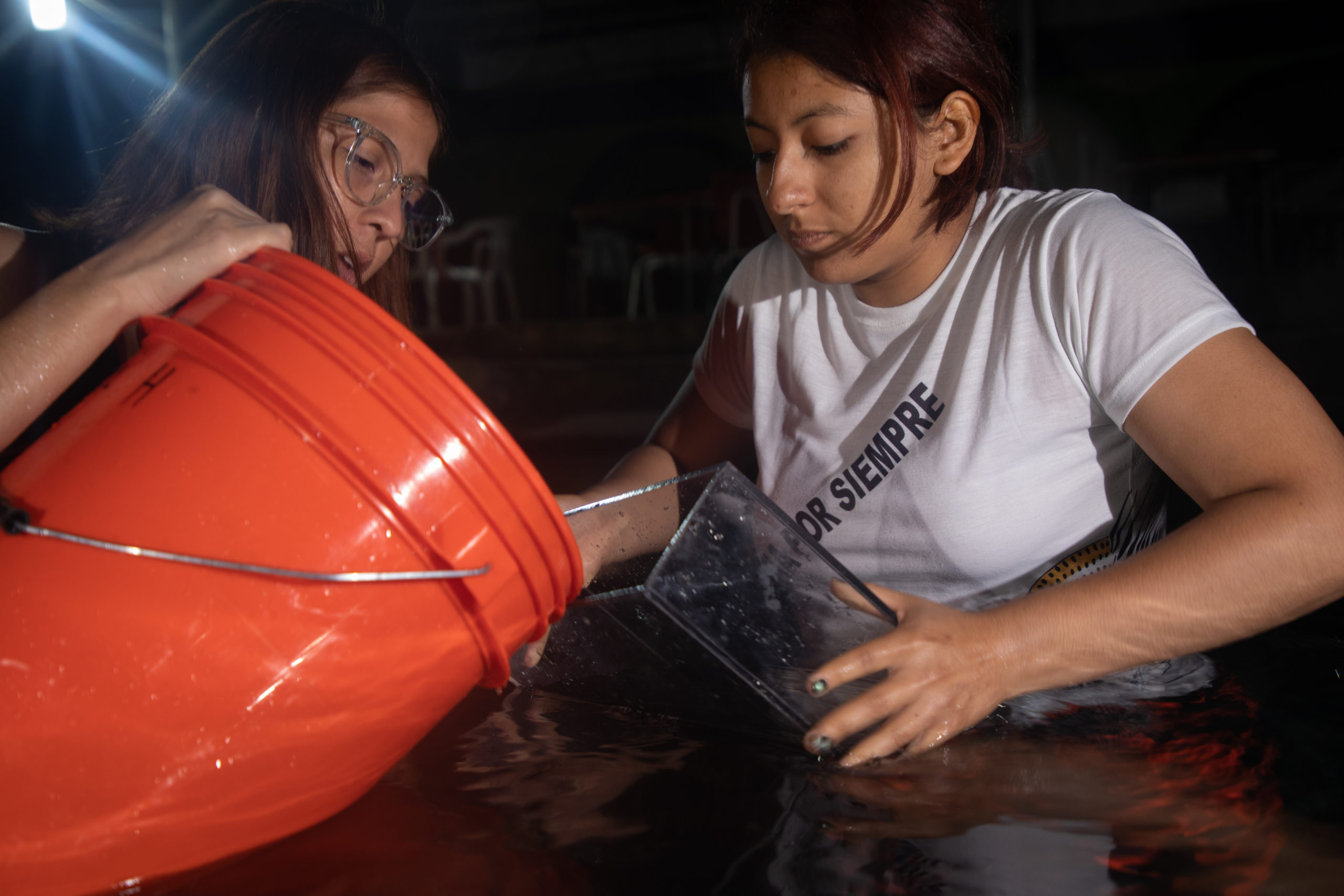
©Manfred Meiners/Re:wild
So what’s next?
Individuals released into the wild are tagged with a non-toxic elastomer before release and will be monitored for the next five years. This assesses whether the population is increasing and whether the fish are reproducing and growing successfully in their natural habitat.
Conservationists hope that the fish released on 4 November will ultimately result in a healthy, self-sustaining population taking hold. Then the species can fulfil its important natural role in the ecosystem of eating algae and mosquito larvae, helping to keep populations of those species in check.
SHOAL is currently working with the University of Michoacan, Chester Zoo, the Goodeid Working Group and a host of other organisations on a conservation plan for each of the threatened Mexican goodeids. If the success of the tequila splitfin reintroduction and the predictions for a successful golden skiffia project are anything to go by, there is good reason to believe this collaborative, interdisciplinary conservation programme will bring these goodeid species back from the brink of extinction.
This project has been made possible…
…by generous funding and support from ZooParc de Beauval, Wilhelma Zoo, Haus des Meers Aquarium, Zoo Ostrava, Poecilia Scandinavia, American Livebearer Association, Mohamed Bin Zayed Species Conservation Fund, Zoological Society for the Conservation of Species and Populations (Zoologische Gesellschaft für Arten- und Populationsschutz – ZGAP), European Union of Aquarium Curators and The Fishmongers’ Company.

